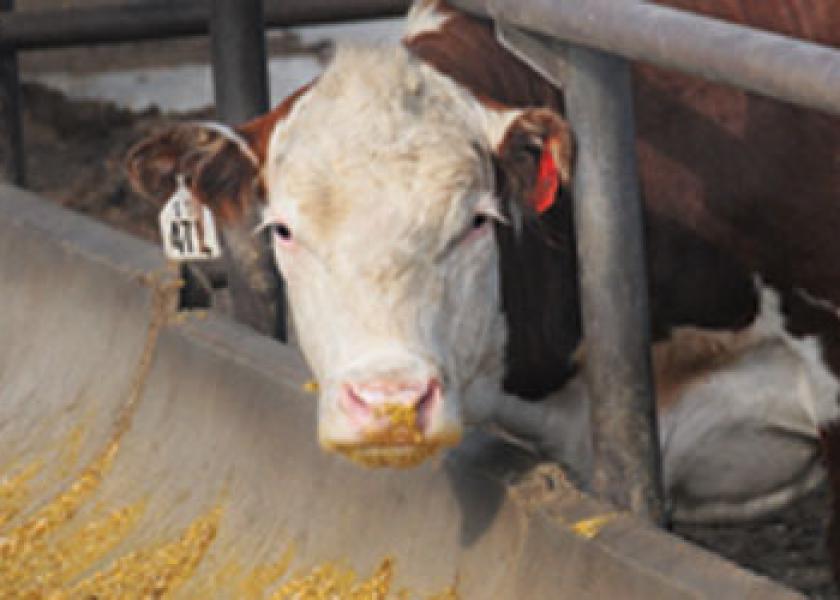Feed Demand for Corn Deteriorating

Demand for corn continues to deteriorate, but the stocks-to-use ratio remains at a historically low level, both in the United States and globally.
USDA dropped feed usage by 725 million bushels in its August World Agricultural Supply and Demand Estimates (WASDE), and some expect the department to lower feed demand further when the September report is released Sept. 12.
"We are still looking at the tightest stocks ever," says Chad Hart, agricultural economist at Iowa State University. At 650 million bushels, the 2012-13 carryout represents a 5.8% stocks-to-use ratio. "Normally we like it to be above 10%, and comfortable is 12 to 14%," he says.
The world stocks-to-use ratio is better at 13%, but typically when U.S. stocks are at a more-normal 12 to 14%, world stocks are closer to 20%. "The global stocks-to-use ratio has been tightening, and almost half of the global stocks are held in China," says Hart. "China is still pulling corn into its market. It isn’t putting corn onto the world market."
Corn shipments to China in July rose 36% from June levels, according to customs data compiled by Bloomberg. Moreover, China’s corn imports are on track to reach a new record high this marketing year, besting 1995-96 imports of 4.3 million tons.
Back-to-back drought years in the southern plains states of Kansas, Oklahoma, Texas, and New Mexico have thinned the nation’s beef herd, and beef prices are starting to climb. The nation’s beef herd is now at a 60-year low, something other countries have noticed. If current trends in beef imports continue, the United States could import more beef in 2012 than it exports, something that hasn’t happened since 2009. The beef herd takes years to thin and years to recover, says Hart.
Soaring corn and soybean prices have also convinced the nation’s hog and dairy producers to send more pigs and cull cows to slaughter. Bob Cropp, dairy economist with the University of Wisconsin, says high feed costs are forcing some dairy producers out of business. Others will sacrifice a few pounds of milk and reduce the amount of corn in the ration to better their operation’s bottom line.
When USDA releases its September WASDE report, Hart will be watching to see whether the department slashes its estimate for harvested acreage and which demand sector gives up the most corn. In the previous WASDE report, USDA lowered its estimate for corn use from the ethanol sector from 4.9 billion bushels to 4.5 billion.
"Corn producers are seeing great prices, the best they’ve ever seen," Hart says. "There’s not much a marketing guy can tell them." That said, Hart advises producers to protect those prices with a put option or hedge.
For producers who have corn left to market, Hart suggests letting it go early, particularly if it has quality issues. "Don’t just put it in the bin and think you’ll get a higher price later because the corn can deteriorate," he says. "This will be a difficult crop to store." Both toxins and molds will be an issue. Light test weight corn can spoil rapidly.
For More Information
Find full coverage of USDA's September WASDE and Crop Production reports on Wednesday, Sept. 12, starting after the 7:30 a.m. release.







